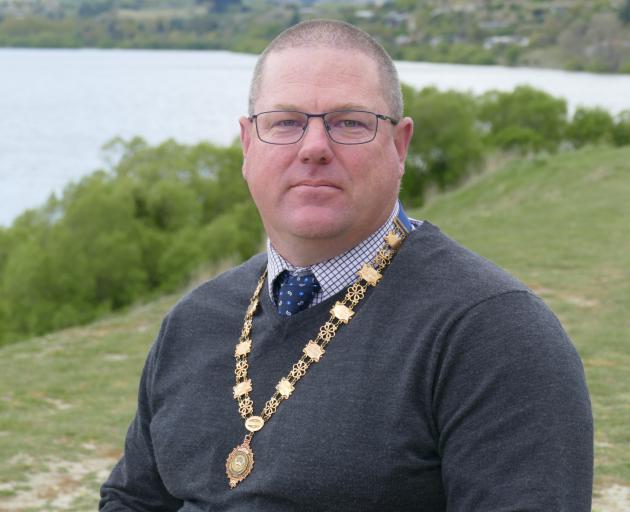
The district council set rates at its meeting in Wānaka yesterday.
Wānaka had the highest rates in the region for the upcoming year.
Councillors were presented with the 2025-26 final rates for the whole region compared with the rates that were estimated in the draft 2024-34 long-term plan adopted last year.
A report said the district recently had its three-yearly revaluation.
New valuations on September 1 last year had been used for the assessment of rates for this year’s rates.
Although the total capital value had grown by 20.6%, the impact of the revaluation on rates was more pronounced for some types of property, the report said.
In simple terms, if a property experienced a capital change of significantly more or less than the 20.6% average, rates payable would change up or down according to the degree of difference.
The impact of the rates increases for 2025-26 would not be even across all property types and locations. This was largely because of the impact of targeted rates which were often ward or scheme-based and the availability of reticulated services, the report said.
Most final rates had increased from the proposed rates in the long-term plan — Wānaka and the Upper Clutha had higher rates.
The median residential rates increase for median value residential homes went from 18.7% for Wānaka, 17.6% for Luggate, 15.3% for Hāwea and 13.2% for Queenstown.
The lowest median residential rate for the region was Arrowtown with a rate of 10.6%.
Wānaka surpassed rates for most other property types, including median commercial rates which were set to be 14.4% compared with Queenstown’s 9%.
Accommodation property rates rose 22.4% in Wānaka compared with 11.4% in Queenstown.
Queenstown Lakes District deputy mayor Quentin Smith questioned why the Wānaka rates were significantly higher when many of the council’s projects were focused on Queenstown.
The main justification given was the planned upgrades for the Upper Clutha wastewater conveyance scheme and more specifically to the Project Pure treatment plant.
The purpose of the project was to ensure the resilience of Hāwea’s wastewater needs as well as strengthen the wider Wānaka and Albert Town wastewater network.
The project was one of the largest in the region and was costing several million dollars.
"We cannot sustain these numbers," Mr Smith said, referencing Wānaka’s rates.
"We will need to find other ways to generate revenue."
Queenstown Lakes District Mayor Glyn Lewers said during the meeting that 85% of operating expenses had gone towards core services such as building consents, recourse planning, transport, wastewater, stormwater, water supply and waste management.
"This idea that we are frivolous in spending is completely and utterly erroneous."











